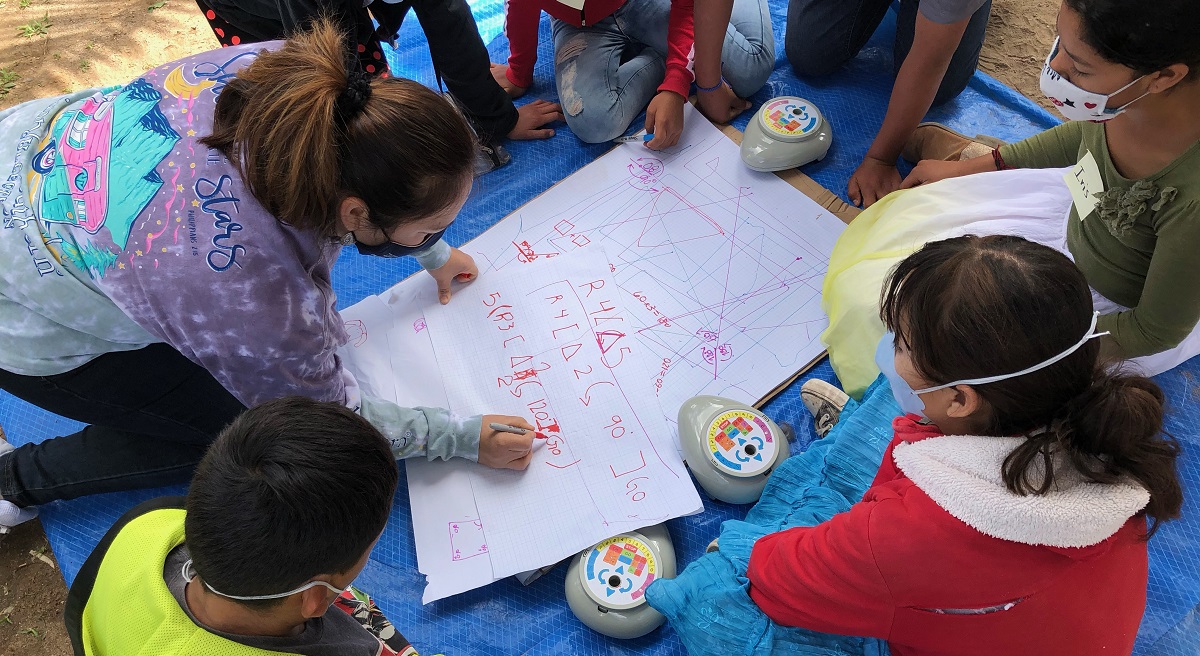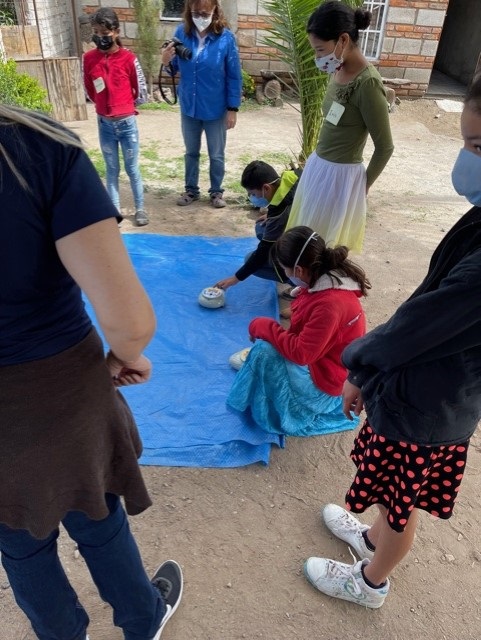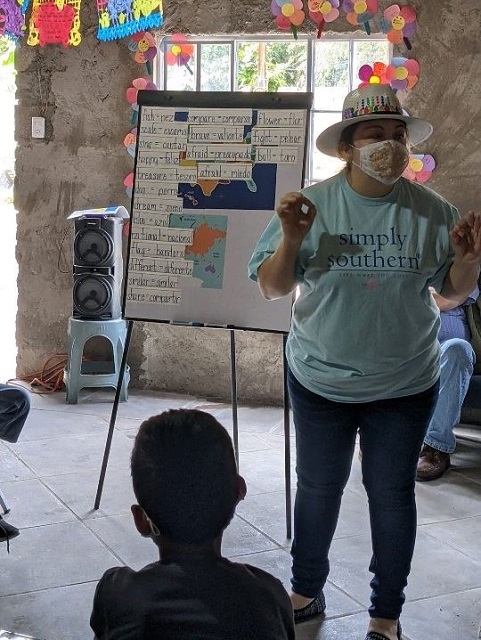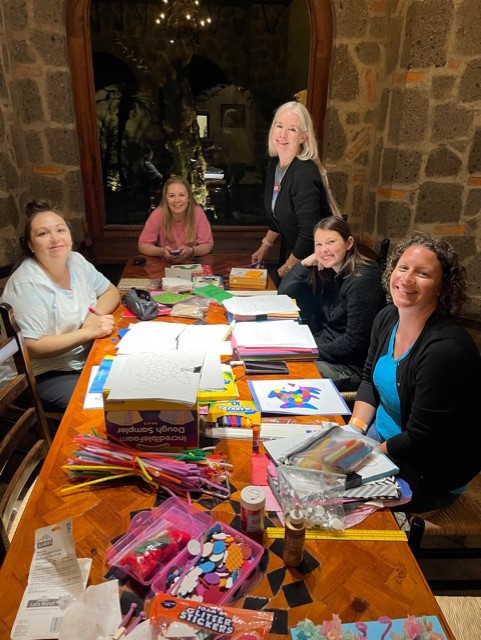
A group of future teachers from Texas A&M University-Central Texas got a first-hand look at the challenges of receiving an education in a second language by immersing themselves in a new community, speaking a new language. The result, their advisor said, will make them better educators in Texas.
In July, the future educators visited Mexico with Dr. Elizabeth Casey, A&M University-Central Texas’ College of Education and Human Development. Their destination was the Hacienda Santa Clara Education and Research Center. During the stay, they were able to explore the state of Guanajuato and surrounding Bajio region. They gained valuable experience by interacting with people in the area, who Dr. Casey described as “very willing to try and work with the students.”
The Hacienda Santa Clara Education and Research Center was established by an alumnus of Texas A&M University in College Station, Pablo Marvin, and his wife, Barbara Marvin. They have partnered with The Texas A&M System since opening in 2015, providing study abroad opportunities to students like those from A&M-Central Texas.
The center’s location gives visitors easy access to a sizable art collection on the campus, as well as the nearby city of San Miguel de Allende. There, they tried to talk with residents while facing a language barrier. Students on the trip were almost all monolingual English-speakers. Additionally, because of how remote the area is, they had extremely limited internet access that could otherwise enable the use of translation apps.
Exposing A&M-Central Texas students to this new place without the language skills needed to communicate was something Dr. Casey thought was very important for them. If they are to teach in the Central Texas area, which has a large and still-expanding Hispanic population, then they should have empathy for the struggles their students face.



“We wanted to expose them to working with students who only spoke Spanish or spoke very little English, and what it was like … speaking without being understood," she said.
An exception among the group was Lidia Valentin, an education major at A&M-Central Texas, now a kindergarten teacher, who is originally from Mexico and a native Spanish speaker. She translated for her classmates and helped them interact with local business-owners. At one point, Dr. Casey even asked her to pull back and let them maneuver the language barrier themselves.
Dr. Casey herself is not unfamiliar with that feeling.
"I lived in Italy for about four years, and I became semi-fluent… I could pretty much understand everything but sometimes I still didn't have the words to respond," Dr. Casey said.
Dr. Casey’s hope is that when her pupils become teachers in the United States, they will show greater empathy for and understanding of English as Second Language (ESL) students in the classroom. Experiencing a language barrier from a disadvantaged perspective is something that can help them do that.
